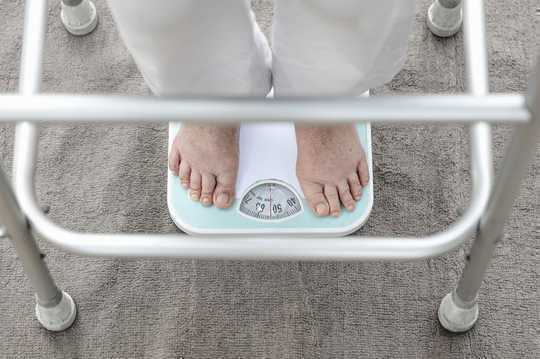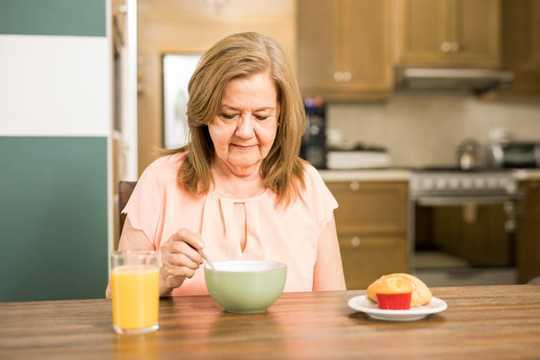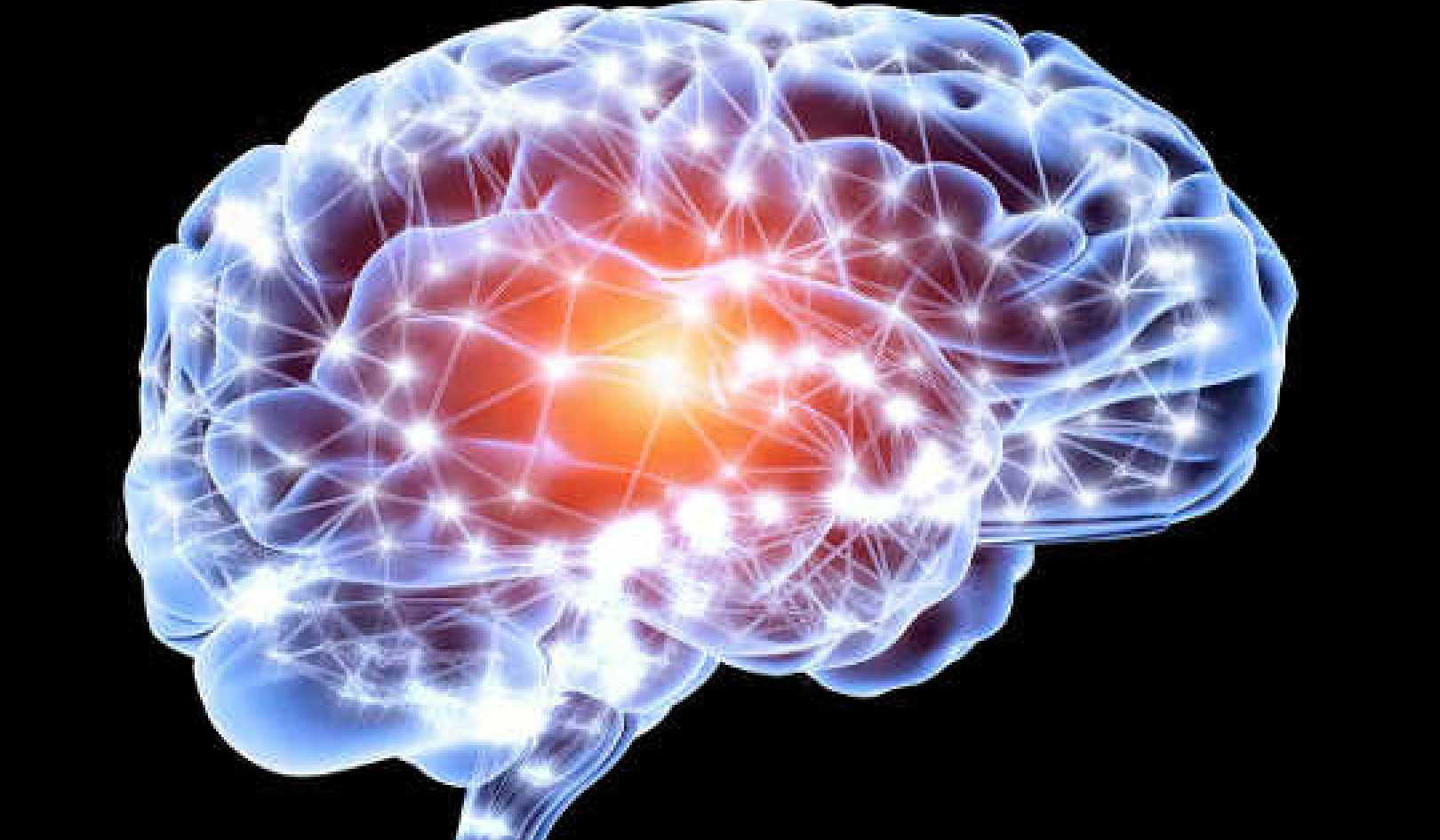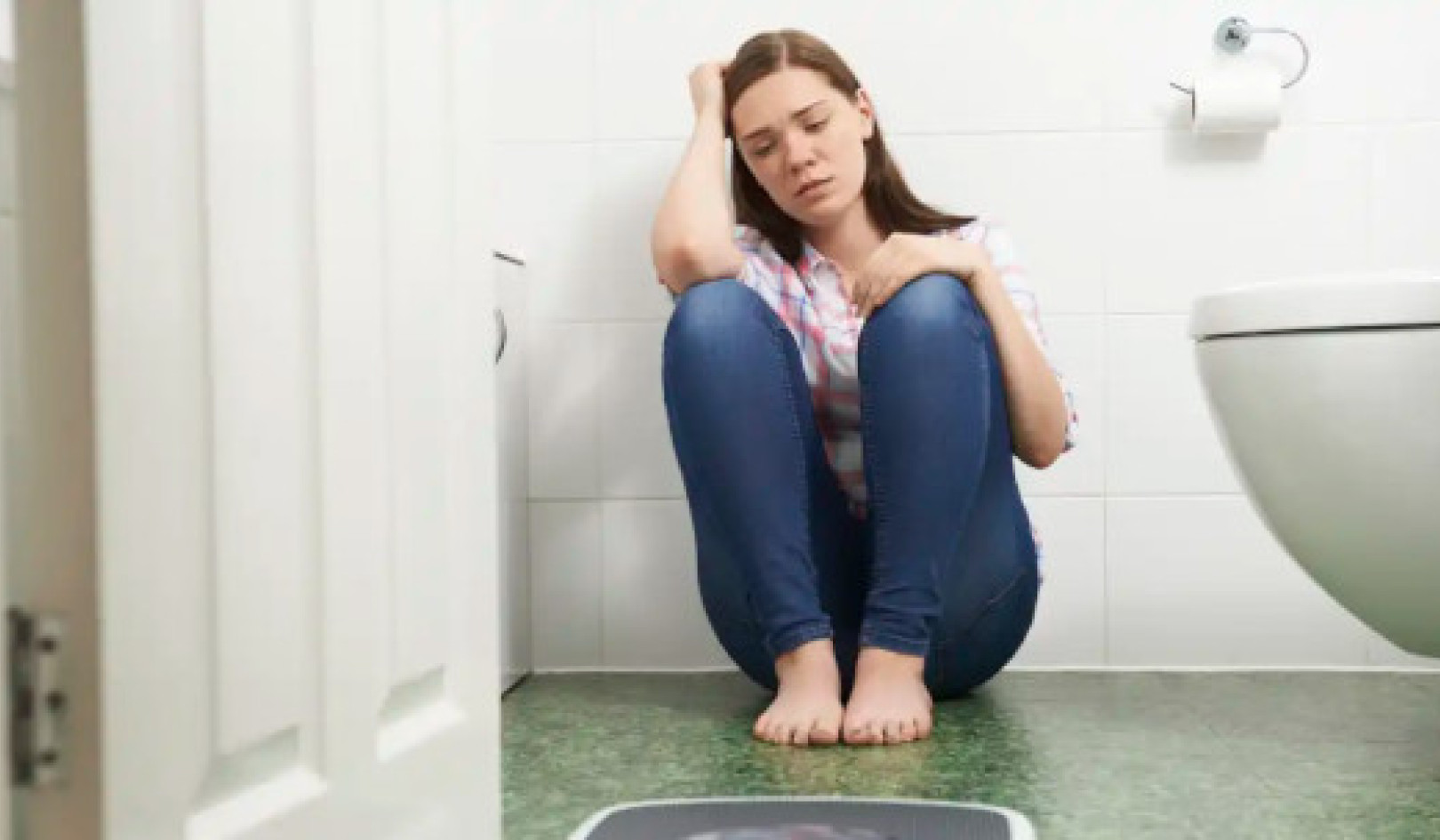 Spotting the signs isn’t always easy. Toa55/ Shutterstock
Spotting the signs isn’t always easy. Toa55/ Shutterstock
While the obesity crisis is still considered the foremost public health epidemic in the west, one often overlooked condition is quickly becoming a growing concern. Malnutrition, sometimes referred to as under-nutrition, affects an estimated 3 million people in the UK alone. Globally, around 462 million adults are malnourished.
Malnutrition is a condition where a person is deficient in nutrients, such as protein, vitamins and minerals, or not getting enough calories. This has many effects on health and body function, including increased frailty, delayed wound healing, and higher mortality.
Not only that, malnutrition will cost UK health services £13 billion this year alone – and is predicted to cost £15 billion in ten years. Reports also show that it’s also two to three times more expensive to treat someone who is malnourished, compared with someone who is well-nourished. This is because they need more resources to treat them, and a range of health conditions may develop as a result of malnutrition.
But data shows that people aged 65 years and over are more likely to be malnourished compared with any other age group. And this number is on the rise. In the UK, adults over 60 admitted to hospital with malnutrition increased from 1,405 in 2008 to almost 5,000 in 2018.
Spotting the signs
Several things might contribute to malnutrition in the elderly, including swallowing difficulties, poor dentition (such as having missing teeth), mobility issues, acute and chronic illnesses, and not meeting changing nutrient demands – such as not getting enough protein. Another reason might be because almost 93% of people who are malnourished live at home, which means their nutritional health is often not monitored. Loneliness, depression, being unable to cook for themselves, having trouble accessing shops, and low income also contribute to poor nutrition in this age group.
A person is considered malnourished if they have a body mass index (BMI) under 18.5, or have unintentionally lost greater than 10% of their weight in the last three to six months. People with a BMI of less than 20 with an unintentional weight loss greater than 5% within the last three to six months might also be considered malnourished.
But it’s not always easy to spot the signs of malnutrition. Part of this is because it can happen gradually over a long period of time or signs often being considered as a natural part of ageing. But some common signs of malnutrition in older people may include their clothing, jewellery and dentures becoming loose, having a reduced appetite, lack of interest in food and drink, tiredness, altered mood, and weakness.
 Lack of appetite or lost interest in food are only some telltale signs. antoniodiaz/ Shutterstock
Lack of appetite or lost interest in food are only some telltale signs. antoniodiaz/ Shutterstock
Healthcare providers in primary care or care homes will use screening tools to identify those at risk of malnutrition, or needing further assessment. These tools look at a person’s BMI, alongside the amount of unplanned weight loss they’ve experienced in the last six months to determine their risk. But for those living on their own, their nutritional status could still be overlooked. As malnutrition numbers continue to grow, friends and family members of older people are being urged to look for possible signs of malnutrition.
The first step in preventing and managing malnutrition is to focus on increasing calories and protein intake using a food-first approach, which aims to improve a person’s nutrition through diet alone. This includes:
- Encouraging people to eat little and often throughout the day, such as having three small meals plus two snacks between meals.
- Drinking more nourishing fluids, such as milk, soups, or having powdered supplements that are high in energy and protein.
- Eating high energy and high-protein foods, such as full-fat milk, yoghurt, and cheese.
- Frozen, ready prepared meals, or home meal delivery services might also ensure better nutrition.
But improving nutrition alone might not be the only solution to malnutrition. People might need help with eating and drinking, they may need better fitting dentures, or they might need foods that are easier to chew and swallow. For those that are lonely, eating in a pleasant environment might also be key to building their appetite. And for those with financial difficulties, they might need help accessing food items.
In some cases, people with disease-related malnutrition might need oral nutrition supplements, which will provide them with energy, protein, and other essential nutrients and mineral. But evidence shows that providing dietary advice, support and guidance with or without an oral nutrient supplement, is effective in increasing nutritional intake and weight. In severe cases, nutrition can also be provided by tube feeding, which is usually done in a hospital or supervised by healthcare professionals.
Identifying those at risk of malnutrition early, understanding how to manage dietary needs and overcoming potential barriers to adequate food intake, is essential, given the serious health and financial consequences linked to malnutrition.![]()
About the Author
Taibat Ibitoye, Registered Dietitian and PhD Researcher, University of Reading
This article is republished from The Conversation under a Creative Commons license. Read the original article.
Nutrition books on from Amazon's Best Sellers list
"The Blue Zones Kitchen: 100 Recipes to Live to 100"
by Dan Buettner
In this book, author Dan Buettner shares recipes from the world's "Blue Zones," regions where people live the longest and healthiest lives. The recipes are based on whole, unprocessed foods and emphasize vegetables, legumes, and whole grains. The book also includes tips for following a plant-based diet and living a healthy lifestyle.
Click for more info or to order
"Medical Medium Cleanse to Heal: Healing Plans for Sufferers of Anxiety, Depression, Acne, Eczema, Lyme, Gut Problems, Brain Fog, Weight Issues, Migraines, Bloating, Vertigo, Psoriasis, Cys"
by Anthony William
In this book, author Anthony William offers a comprehensive guide to cleansing and healing the body through nutrition. He provides evidence-based recommendations for foods to include and avoid, as well as meal plans and recipes to support the cleanse. The book also includes information on how to address specific health concerns through nutrition.
Click for more info or to order
"The Forks Over Knives Plan: How to Transition to the Life-Saving, Whole-Food, Plant-Based Diet"
by Alona Pulde and Matthew Lederman
In this book, authors Alona Pulde and Matthew Lederman offer a step-by-step guide to transitioning to a whole-food, plant-based diet. They provide evidence-based recommendations for nutrition, along with practical advice for shopping, meal planning, and preparation. The book also includes recipes and meal plans to support the transition.
Click for more info or to order
"The Plant Paradox: The Hidden Dangers in 'Healthy' Foods That Cause Disease and Weight Gain"
by Dr. Steven R. Gundry
In this book, Dr. Steven R. Gundry provides a controversial perspective on nutrition, arguing that many so-called "healthy" foods can actually be harmful to the body. He provides evidence-based recommendations for optimizing nutrition and avoiding these hidden dangers. The book also includes recipes and meal plans to help readers implement the Plant Paradox program.
Click for more info or to order
"The Whole30: The 30-Day Guide to Total Health and Food Freedom"
by Melissa Hartwig Urban and Dallas Hartwig
In this book, authors Melissa Hartwig Urban and Dallas Hartwig offer a comprehensive guide to the Whole30 program, a 30-day nutrition plan designed to promote health and wellness. The book provides information on the science behind the program, as well as practical advice for shopping, meal planning, and preparation. The book also includes recipes and meal plans to support the program.
























